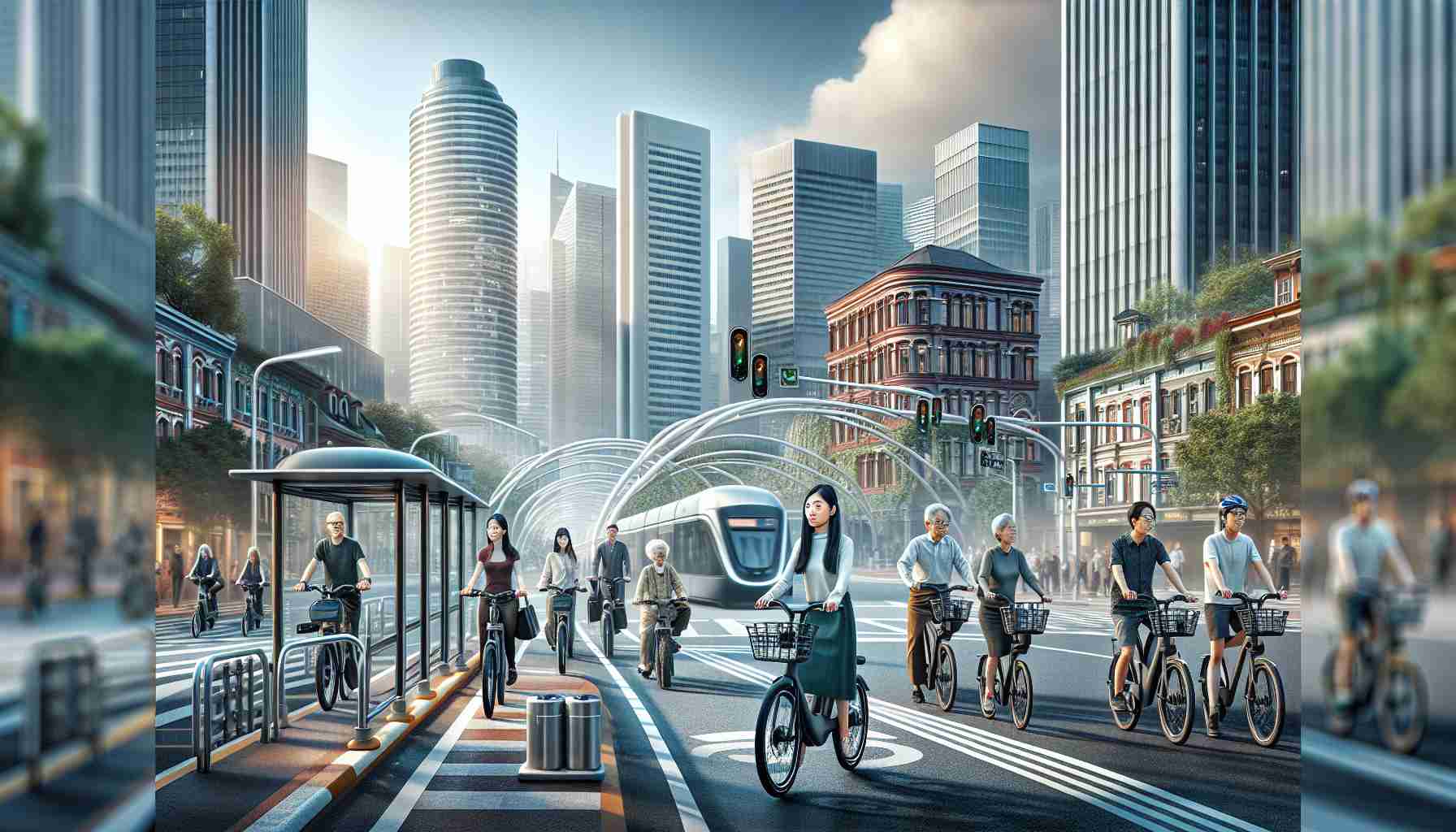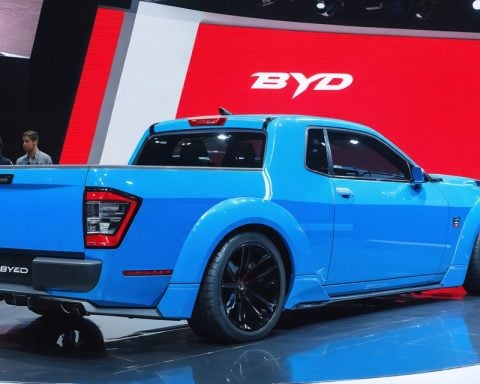E-bikes have revolutionized urban mobility, offering a sustainable and practical solution to the challenges posed by growing cities. With advancements in battery technology and electric motor efficiency, these versatile vehicles have gained popularity among commuters of all kinds, providing a unique blend of traditional cycling and motor-assisted travel.
The environmental impact of e-bikes cannot be overlooked. Unlike cars, e-bikes emit no direct pollutants, making them a clean and sustainable mode of transportation. As cities worldwide strive to meet environmental targets and reduce pollution levels, e-bikes offer an attractive solution that aligns with these goals. They contribute to improved air quality and reduced greenhouse gas emissions, making urban areas healthier and more livable.
Furthermore, e-bikes offer significant practical benefits for urban dwellers. They make parking a breeze and navigate through traffic more efficiently than cars, eliminating the frustration of congestion. In areas with hilly terrain, the motorized assistance of e-bikes reduces physical effort, making them an excellent choice for commuting.
Cost-effectiveness is another aspect that sets e-bikes apart. Compared to owning and maintaining a car, e-bikes are significantly cheaper, with lower upfront costs and minimal ongoing expenses. They require no fuel costs and have low maintenance needs, making them an economically viable option for urban commuters.
But it’s not just about cost – riding an e-bike also brings numerous health benefits. While riders enjoy pedal assistance, they still engage in physical activity, promoting cardiovascular health, muscle strength, and overall fitness. The ability to adjust the level of motor support allows users to customize their workout intensity, making e-bikes a great option for integrating moderate exercise into a daily routine.
The rise of e-bikes has also sparked infrastructure developments within cities. As more people opt for this mode of transportation, cities are expanding their networks of bike lanes, creating safer routes for e-bike users. Bike-sharing programs, including e-bikes, are becoming increasingly popular, providing on-demand accessibility without the need for personal ownership.
E-bikes have even become an important complement to public transportation networks, addressing the “last mile” problem that many commuters face. They offer a convenient and efficient way to travel from home to transit stations and from stations to workplaces, reducing reliance on personal vehicles and decreasing public transit overcrowding.
As technology continues to evolve, the future of e-bikes looks promising. GPS-enabled geo-fencing, integrated traffic and weather updates, and more sophisticated theft protection systems are likely to become standard features. Advancements in battery technology will also result in e-bikes with longer ranges and faster charging times, making them even more practical for longer commutes.
Embracing e-bikes is not just about a more enjoyable commute; it’s about taking a significant step towards a sustainable and active lifestyle. By encouraging broader adoption and supporting infrastructure development, cities can pave the way for a future where e-bikes play a vital role in urban mobility, improving public health and reducing environmental impact.
FAQs
1. What are e-bikes?
E-bikes, short for electric bikes, are bicycles that are equipped with an electric motor to provide assistance while pedaling. They offer a hybrid experience of traditional cycling and motor-assisted travel.
2. Are e-bikes environmentally friendly?
Yes, e-bikes are considered environmentally friendly. They produce no direct pollutants and have zero emissions, making them a clean mode of transportation that contributes to improved air quality and reduced greenhouse gas emissions.
3. How do e-bikes benefit urban dwellers?
E-bikes offer several practical benefits for urban dwellers. They make parking easier and enable efficient navigation through traffic, reducing the frustration of congestion. Furthermore, the motorized assistance of e-bikes reduces physical effort, making them a convenient choice for commuting in areas with hilly terrain.
4. Are e-bikes cost-effective?
Compared to owning and maintaining a car, e-bikes are significantly more cost-effective. They have lower upfront costs and minimal ongoing expenses, as they do not require fuel costs and have low maintenance needs. This makes e-bikes an economically viable option for urban commuters.
5. Do e-bikes provide health benefits?
Yes, riding an e-bike provides several health benefits. While riders enjoy pedal assistance, they still engage in physical activity, promoting cardiovascular health, muscle strength, and overall fitness. The ability to adjust the level of motor support allows users to customize their workout intensity, making e-bikes a great option for integrating moderate exercise into a daily routine.
6. What infrastructure developments are associated with e-bikes?
The rise of e-bikes has led to infrastructure developments within cities. Bike lanes are being expanded to create safer routes for e-bike users. Additionally, bike-sharing programs, including e-bikes, are becoming increasingly popular, providing on-demand accessibility without the need for personal ownership.
7. How do e-bikes complement public transportation networks?
E-bikes address the “last mile” problem that many commuters face when using public transportation. They offer a convenient and efficient way to travel from home to transit stations and from stations to workplaces, reducing reliance on personal vehicles and decreasing public transit overcrowding.
8. What is the future outlook for e-bikes?
As technology continues to evolve, the future of e-bikes looks promising. Advancements in battery technology will result in e-bikes with longer ranges and faster charging times. Furthermore, features such as GPS-enabled geo-fencing, integrated traffic and weather updates, and more sophisticated theft protection systems are expected to become standard.
Sources:
– Bike EU: bike-eu.com
– Bicycle Retailer: bicycleretailer.com
– Electrive: electrive.com







